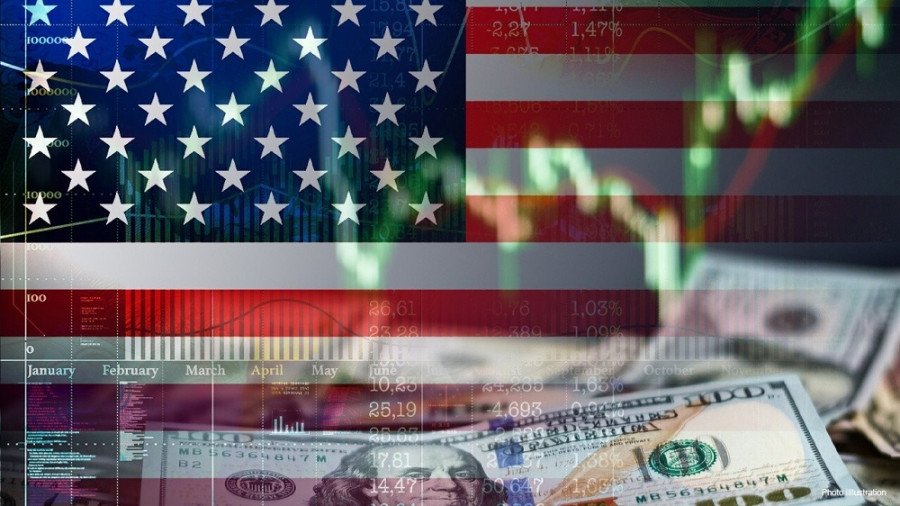
Traders will focus on the upcoming US inflation report. The US will publish key inflation reports that will trigger high volatility among dollar pairs, including the EUR/USD pair. At the end of last week, buyers actively traded as they approached the boundaries of the 10th figure. Traders interpreted June's Non-farms against the US currency, although the report itself was rather contradictory (for example, the wage component came out in the "green").

Inflation reports can restore confidence to the dollar bulls if they show that main indicators have accelerated. But they can also plunge the greenback, enhancing doubts about the interest rate hike within the "post-July" period (confirmation of the rate hike at the July meeting is beyond doubt, judging by market expectations). Therefore, traders will focus on the three US inflation reports that will be released during the upcoming week. All other economic reports will be of secondary importance, although they should not be ignored either.
Consumer Price IndexThe most important item of the week is the US consumer price index for June (Wednesday, July 12). According to most experts, the indicator will reflect a slowdown in inflation growth. Thus, the general consumer price index in June should decrease quite sharply - to 3.1% y/y (from the previous value of 4.0%). The core index, excluding food and energy prices, should also demonstrate a downward dynamic, slowing down from the May value of 5.3% to 5.0% y/y.
Take note that even if the CPI surprises market participants with unexpected growth, this fact is unlikely to fundamentally change the situation in the context of the Fed's July meeting. Data from CME shows that analysts have a 93% chance of a rate hike this month. Traders are practically confident in the hawkish outcome of the July meeting - the "green tint" of the inflation report will maintain (confirm) this confidence, but no more.
However, if the consumer price index ends up in the "red", the dollar will be under quite strong pressure. The fact is that the probability of another rate hike in September is now only 24% (again, according to the CME FedWatch Tool). If inflation indicators decrease at a more active pace, the probability of another rate hike (after July) by the end of the current year will weaken, and this will weigh on the greenback.
Producer Price Index, Import Price Index... and moreThe other inflation reports to be published in the coming week are also expected to reflect a slowdown in US inflation. For example, the producer price index will be released on Thursday. Experts believe that the overall PPI in monthly terms will come out at 0.2%, and in annual terms - at 0.4%. In annual terms, the indicator has been consistently decreasing for 11 months in a row, and June will accordingly be the 12th month. If it comes out at the forecast level, it will be the weakest result since August 2020. The core producer price index should show a similar dynamic. In annual terms, it should decrease to 2.7% (from the previous value of 2.8%). In this case, it will be the fifteenth consecutive decline for this indicator. For comparison, take note that the base PPI was at 9.6% in March 2022.
The import price index will be released on Friday. This indicator can be an early signal of changes in inflation trends, or their confirmation. In this case - more likely a confirmation. According to general forecasts, in monthly terms, the indicator will remain in the negative area, standing at -0.1%. In annual terms, the index has been below zero for three months in a row, and in June it should also remain in the negative area (-6.9%).
Certainly, aside from US inflation reports, the economic calendar for the upcoming week is packed with other events: for instance, many Fed representatives (Barr, Bostic, Daly, Mester) will speak on Monday, the ZEW indices will be published on Tuesday, and a speech by Fed official Neel Kashkari and ECB governing council member Philip Lane is expected on Wednesday. Also, we have the release of the ECB's June meeting minutes and the initial jobless claims data in the US. On Friday, the release of the University of Michigan's consumer sentiment index and a speech by Fed Reserve governing board member Christopher Waller is expected.
But all these events will serve as a kind of information backdrop. The main focus will be on US inflation.
ConclusionsThe aforementioned inflation reports have the potential to greatly influence the dollar, especially if they end up in the "red", i.e., if the pace of inflation decline in the US accelerates.
Amid contradictory Nonfarm, this would mean that the Fed may limit itself to just one more rate hike, which will obviously occur at the July meeting. The July rate hike has already been factored into the market, so any doubts about further tightening of monetary policy will be detrimental to the greenback. In this case, buyers will be the beneficiaries of the current situation: their path will be open not only to the boundaries of the 10th figure, but also to the 1.1080 mark (upper line of the Bollinger Bands on the weekly chart).